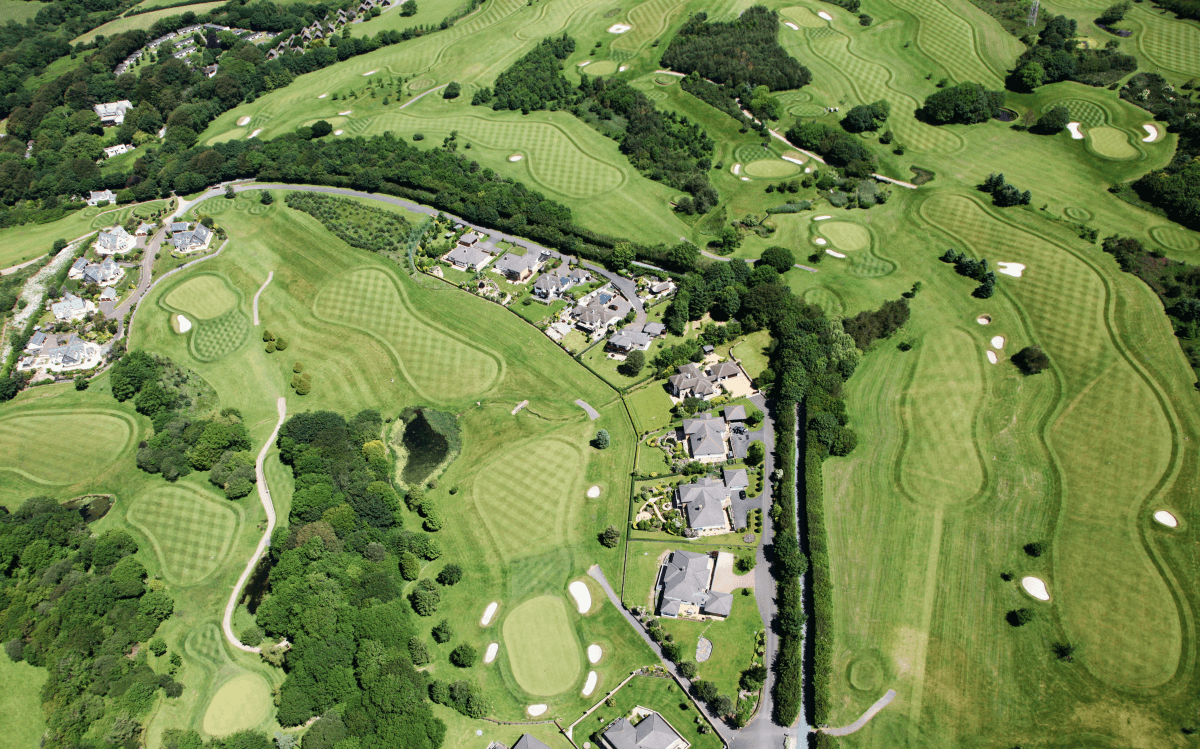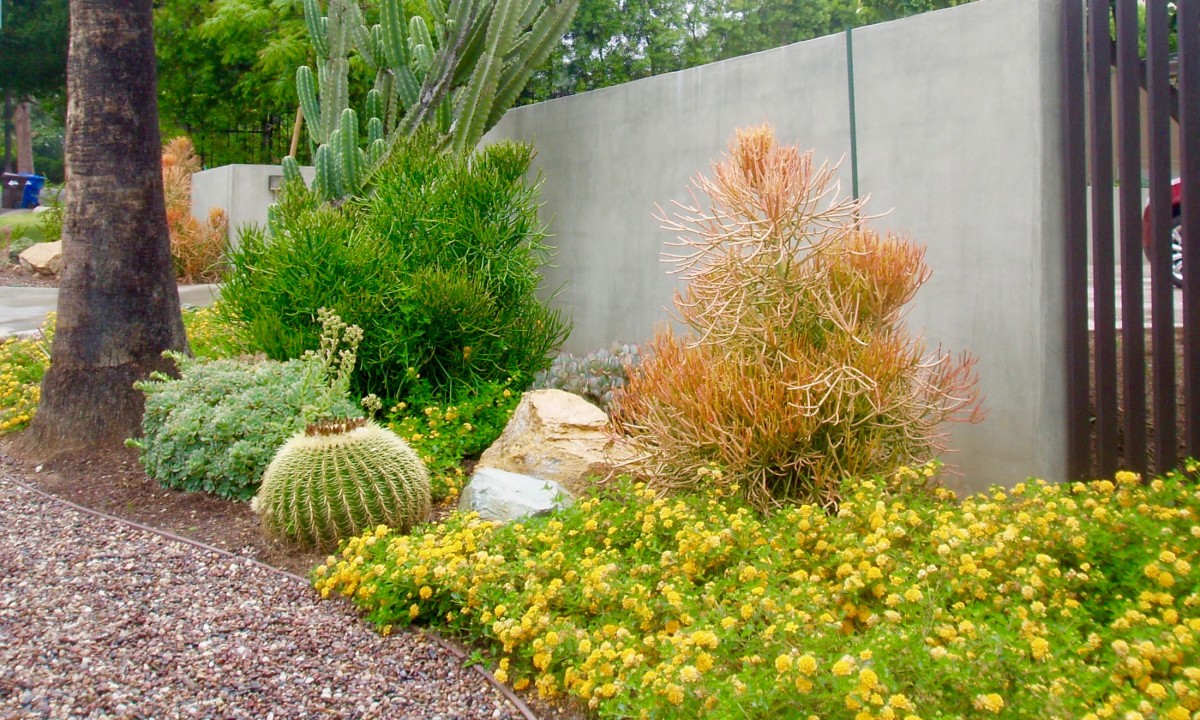Landscapers Fundamentals Explained
Table of ContentsThe Main Principles Of Landscapers Not known Incorrect Statements About Landscapers Getting The Landscapers To WorkUnknown Facts About LandscapersLandscapers Fundamentals Explained
- A tree or shrub (shrub) that sheds its fallen leaves in wintertime. In the PNW there are semi-deciduous or semi-evergreen plants that may lose their leaves depending on how chilly the wintertime is. Abelia and some hebe are great examples. Landscapers. - A flat gathering space, made of wood or composite material (made to look like timber), typically surrounding or attached to a structure.

This is an all-natural procedure, and the outcome can be utilized for paths and patios. - Trick landscape functions being suggested in a landscape layout plan.
The Basic Principles Of Landscapers
These objectives lead the style procedure, not the developer's style or choices. Usual layout goals in Rose city are reduced maintenance, dry spell tolerant, and pet friendly. - Process for removing or thinning the dead lower degree of a fully grown lawn. Thatch is lawn that has passed away and gathered listed below the green blades.
Over time this layer can obtain very thick and make it tough for water, sunlight, and nutrients to obtain to portions of the turf.- The procedure of collecting and regulating the flow of water on a building. This can be made with grading, French drains pipes, dry wells, permeable surface areas, sump pump, rainfall gardens, and a lot more.
- A slow-moving feeding irrigation system that makes use of versatile tubing and emitters to send out a precise quantity of water to each plant. - The capacity of a plant to make it through without much summer season water.
- A garden function where water is represented by an aggregate stone item, generally a gravel or granite. These are most typically found in contemporary and Japanese yard layout.- A rock or flagstone patio, path, or walkway constructed without a concrete base. The base would certainly be compressed gravel and the joints would certainly be an aggregate or walkable ground cover.
Unknown Facts About Landscapers
- A stone preserving or free standing wall surface constructed without the use of mortar. - An underground framework that collect water and allows it to reduce percolate right into the dirt around it.
Landscape style that is suitable with a sites' environment in both appearance and sustainability without negative impacts to the environment. Bordering in the landscape is a line of separation that creates visual passion in the yard by dividing one segment from an additional sector.
Areas can also sense of "room" supplied by trees, various other growings, fences, or screens. The landscape near the entrance to a building. A tree, hedge or vine, educated to expand on a wall or fencing into a details pattern. Particularly useful for fruit trees, making it easy to collect the fruit and consisting of mess.
A plant that is not indigenous to the place where it will be grown. Thicker bladed lawn yard that spread out through rhizomes.: The level of dirt on your home prior to bark dirt or compost is spread.
8 Simple Techniques For Landscapers

The purpose, reason, or activity that a location is be landscaped for. Stairs operate, as an example, to allow foot traffic up and down a slope. Room for expanding plants for checking out, eating, or exercise. A roofed building used over an outdoor event area. The growing of a seed, maybe referring to a yard that is being grown from seed.
Rock product, either rounded or fractured, that is relatively small- normally 1" or less. Low plants that are enabled or encouraged to top a location. Can refer to any kind of "difficult" yard components including statuary or boulders yet most typically is utilized to describe courses, patios, and walls.: Height distinction in between the degree of water in a pond (or the degree of the pump if it rests outside the pond) and the upper electrical outlet of water which influences performance of the water pump in gph (gallons per hour). Thick bushes or trees that develop a fence, display, or border.

Landscapers Things To Know Before You Get This
Typical PNW landscapes are informal. A plant that spreads out more than desired, or into habitats click over here where it does damages.
Can consist of head placements and coverage, pipeline sizing, GPM specifications, and materials required to install this system. Certified professional who creates landscapes, educated in engineering and design as well as in horticulture.
Landscape designers usually have less schooling than Landscape Architects and are not their explanation licensed. A finished landscape style, detailing all elements for the new landscape.
Calcium material used to increase the pH in soil, which will certainly make it less hospitable to moss. A water limited HDPE material utilized underneath ponds, streams and waterfalls in water functions. Making use of numerous growings of the very same official statement selection to complete an area in the landscape. This can reduce upkeep and water usage in the garden.